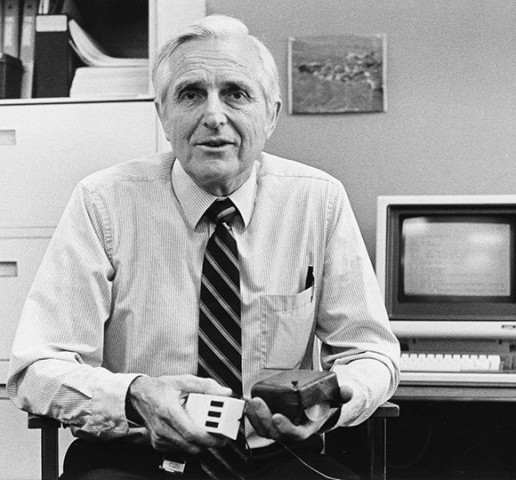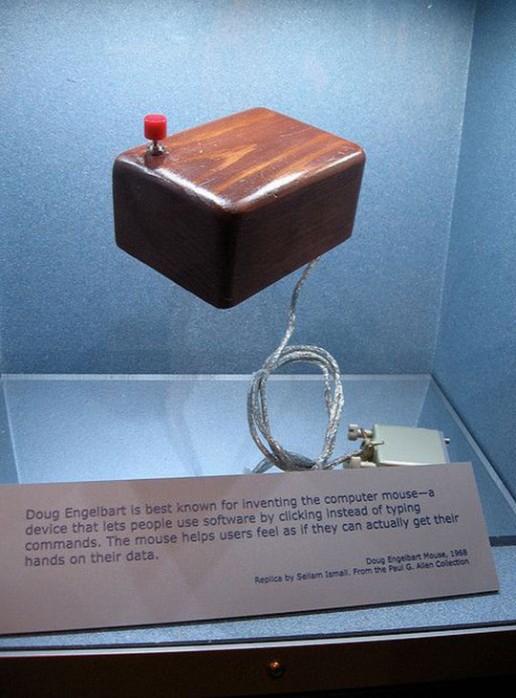If you use a computer for work or for pleasure–and few amongst us can’t make that claim–then you have Douglas Engelbart to thank. The American engineer and inventor, born on this date in 1925, is perhaps best known for inventing and developing the computer mouse. In addition, Engelbart was a pioneer in the field of human-computer interaction (HCI), helping to influence the ways in which people use and interact with their computers.
Engelbart was born on January 30, 1925, in Portland, Oregon. He graduated from Portland’s Franklin High School in 1942 and matriculated to Oregon State College at Corvallis. His studies were suspended when he was drafted into the US Navy during World War II. After serving a two-year stint as a radar technician, Engelbart returned to finish his bachelor’s degree in electrical engineering in 1948.

In 1955, Engelbart earned his Ph.D. in electrical engineering from the University of California, Berkeley. It was at this university where Engelbart pursued what would become his life’s work. While an acting assistant professor at Berkeley, Engelbart began working for the Stanford Research Institute (later renamed SRI International) and later led his own lab, the Augmentation Research Center. Engelbart and his team originated the concept of “bootstrapping” used commonly today among web developers and developed the oN-Line System (or NLS), a revolutionary computer collaboration system that was the first to make practical use of many contemporary computing concepts.

In the mid-60s, Engelbart and his lead engineer Bill English developed the first prototype for the computer mouse. According to the Doug Engelbart Institute, the idea first came to Engelbart in 1961 during a conference on computer graphics. It occurred to him that a pair of small wheels–one turning horizontally and the other vertically–could effectively move the cursor on a computer screen. The first prototype for the device was called a mouse after the inventors observed that the cord attached to the rear part of the device had a tail resembling a rodent’s.
SRI International received the patent for Engelbart’s design in 1970 but it would take another several years for the mouse to catch on. SRI would later license the patent to Apple, thereby helping to spark the computer revolution. According to Engelbart, he never received any royalties for his mouse design.
After a long and distinguished career in HCI and numerous awards from his peers, Engelbart passed away at the age of 88 in 2013. Although his name may not be as well know as Bill Gates or Steve Jobs, Engelbart played as vital a role in creating the modern computer you enjoy today.